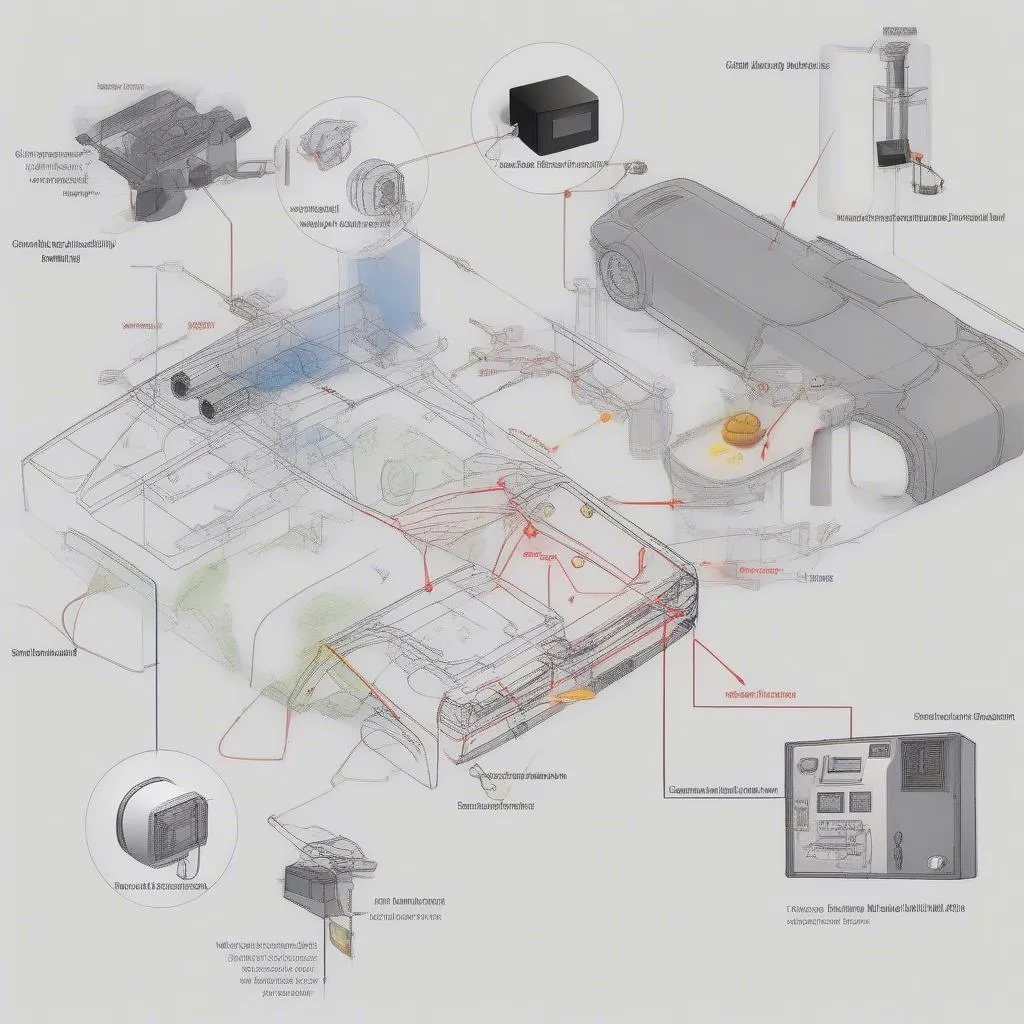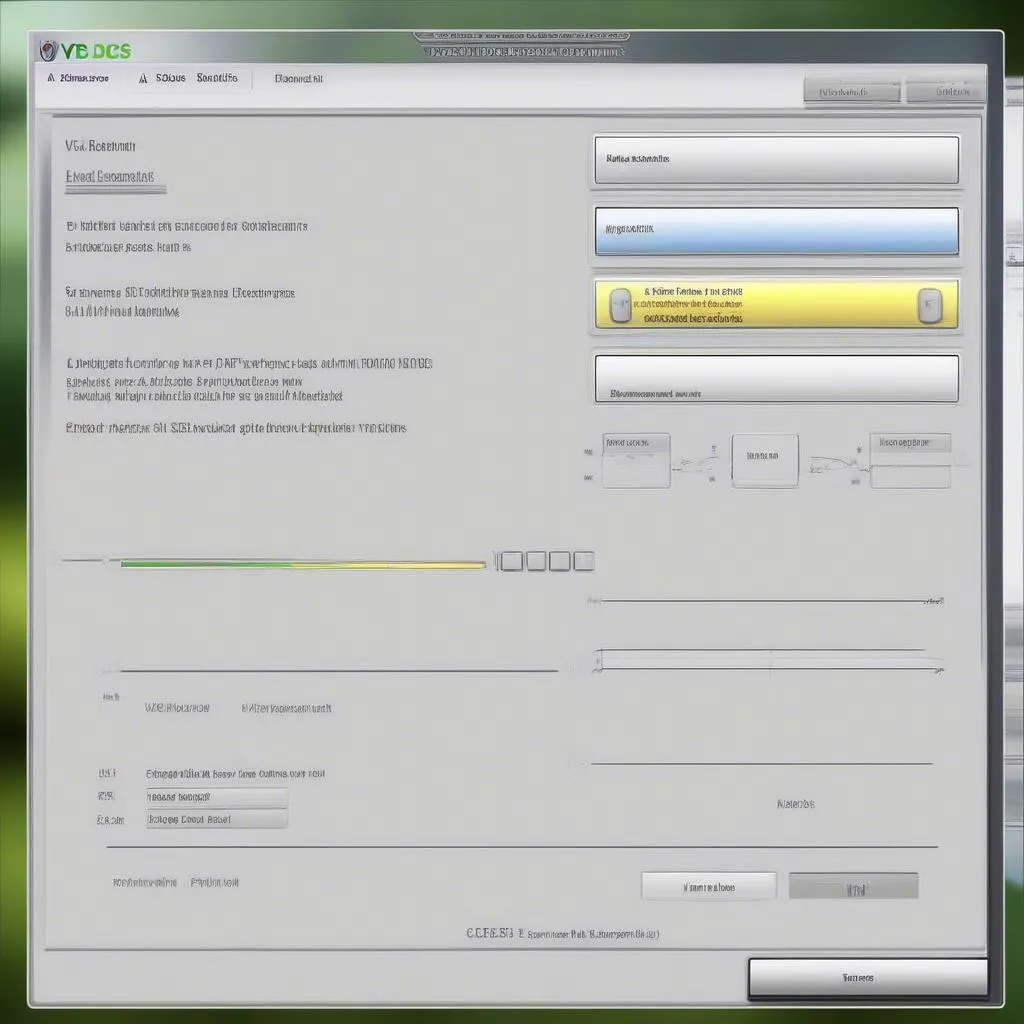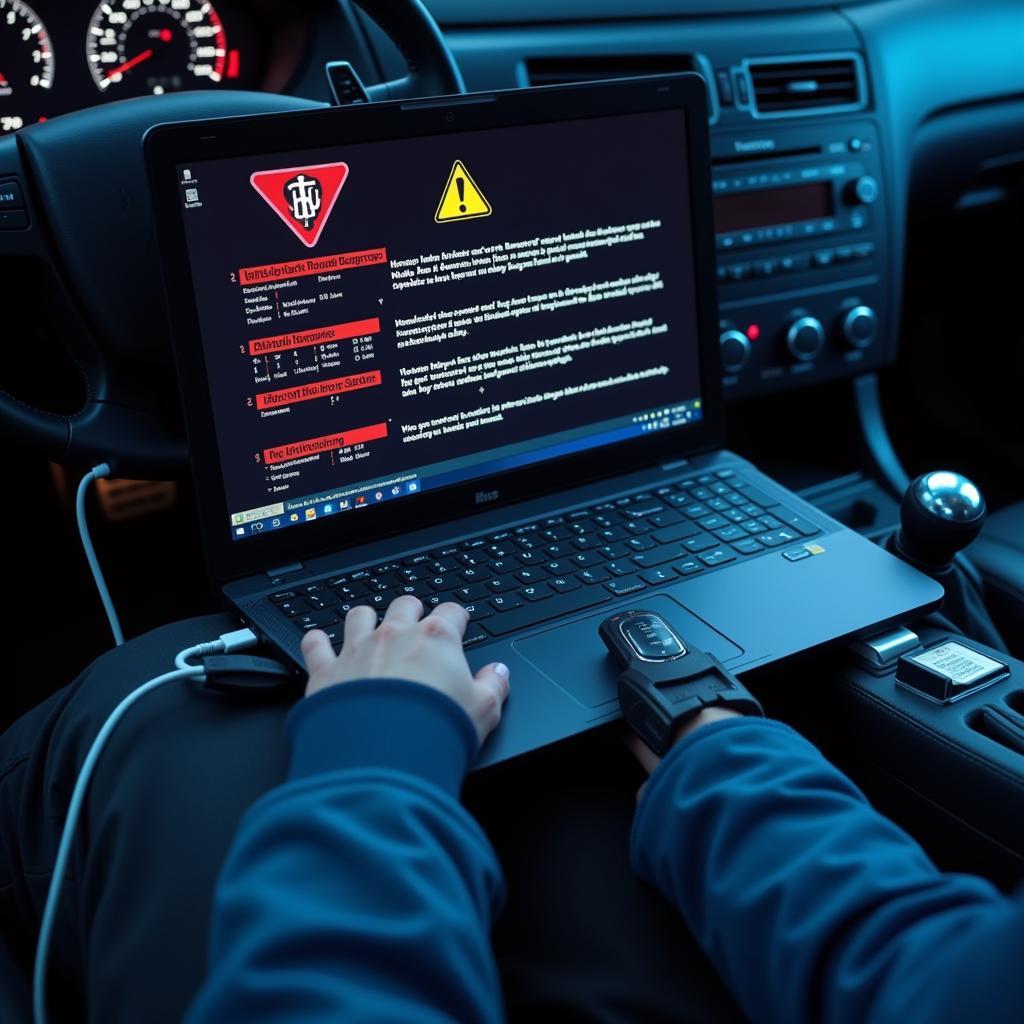VCDS, also known as VAG-COM, is a powerful diagnostic and coding software for Volkswagen Group vehicles. One of its many features is the ability to adjust and calibrate level control systems. This article will delve into the world of VCDS level control, exploring its capabilities, benefits, and providing a step-by-step guide on how to use it.
Understanding Level Control Systems
Before we dive into VCDS, it’s essential to understand what level control systems do. In vehicles, especially those equipped with air suspension or self-leveling headlights, level control systems maintain a consistent ride height and headlight aim regardless of load or road conditions. They do this by using sensors to monitor the vehicle’s height and adjusting the suspension or headlights accordingly.
 Car Level Control System
Car Level Control System
“A properly calibrated level control system is crucial for both comfort and safety,” says automotive electronics expert, Dr. Emily Carter, author of “Modern Automotive Systems Diagnostics.” “It ensures optimal headlight aim for maximum visibility and maintains a balanced ride even when the vehicle is heavily loaded.”
How VCDS Interacts with Level Control
VCDS acts as a bridge between your computer and your vehicle’s onboard computer, allowing you to access and modify various settings, including those related to level control. With VCDS, you can:
- Read fault codes: Diagnose issues with your level control system by reading error codes stored in the vehicle’s ECU (Electronic Control Unit).
- Calibrate sensors: Ensure accurate readings from your height sensors by performing a calibration procedure.
- Adjust ride height: Fine-tune the vehicle’s ride height to your liking within the manufacturer’s specifications.
- Reset adaptations: Clear learned values in the ECU, which can be helpful after replacing suspension components.
 VCDS Interface for Level Control Adjustment
VCDS Interface for Level Control Adjustment


